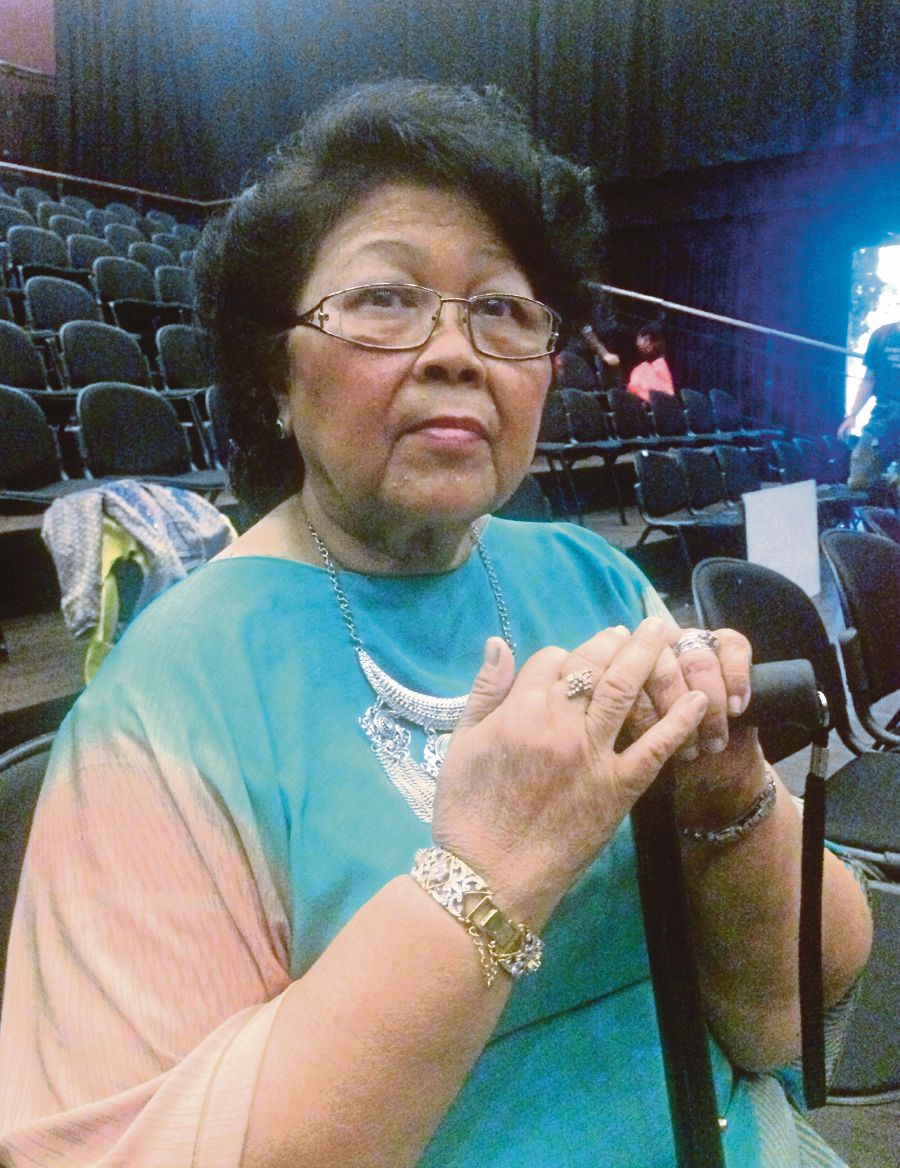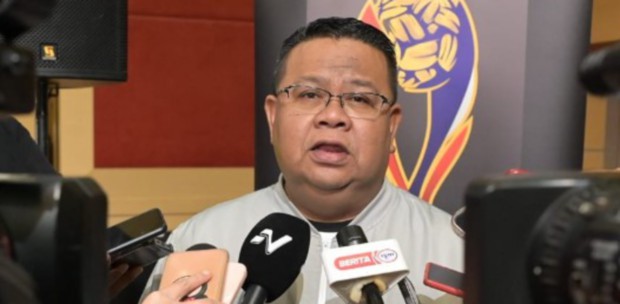KUALA LUMPUR: IT takes a trained eye to identify a child with dyslexia and, more often than not, many are passed off as lazy or unintelligent.
In Malaysia, only one per cent of the schools have teachers trained to deal with such students. There are also concerns that many children with dyslexia may not be identified early enough.
Early detection gives children with dyslexia the opportunity to develop to their full potential. Failure to do so, can be disastrous.

The Dyslexia Malaysia Association (DMA) and Pertubuhan Sokongan Ibubapa Dyslexia Malaysia (PSIDM) believe the solution lies in training more teachers for these children.
There are 100 schools with special classes run by qualified teachers to support children with learning difficulties, including those with dyslexia, nationwide.
PSIDM president Ahmad Fitri Isahak said more teachers, both in primary and secondary schools, needed to be trained — to be able to recognise the symptoms of learning disability.
“The training to identify learning disability, including how to differentiate them, should not be confined only to special education teachers. This should be incorporated into teacher’s training at the diploma level,” he said.
He said PSIDM had received complaints from parents that their dyslexic children were rejected by schools, which feared that they might affect the schools’ overall grades and performance.
“Such incidents can be a traumatic experience for both parents and children.
“This should not happen, as schools should offer equal education opportunities to all children without prejudice,” he said.
Fitri said a new education policy was needed to ensure that equal education opportunities were given to all, including those with learning disabilities.
DMA president Sariah Amirin said it was crucial that children with dyslexia be properly diagnosed and exposed to appropriate teaching methods, particularly during the early stages of schooling.
She said early intervention was vital for a child to learn to deal with his learning disability.
“Dyslexia may affect the learning ability of a child to read or calculate (dyscalculia or mathematics disorder) for instance, but that does not mean he lacks intelligence.

“A child with dyslexia can be as capable and smart as other children. Some of our former students are lawyers, pilots and engineers now.
“The brains of dyslexic children work differently from normal children and, hence, they require different teaching techniques. They require more stimulation,” she said.
Sariah, who has served as a special education teacher in public schools for about 29 years, said children with unidentified dyslexia were often misunderstood to have low IQ (intelligence quotient) and were given little attention in class compared with other students.
She said as a result, many of those with dyslexia failed to get a place in institutions of higher learning or to secure a job, and could become involved in vice.
“This is a loss to the nation as those with dyslexia are gifted people, especially when it comes to areas that require creativity and skills,” she said.





